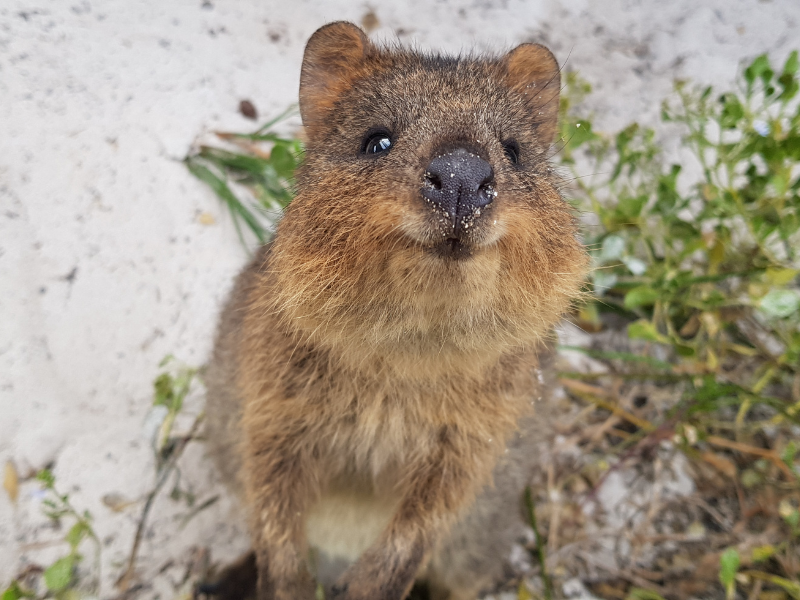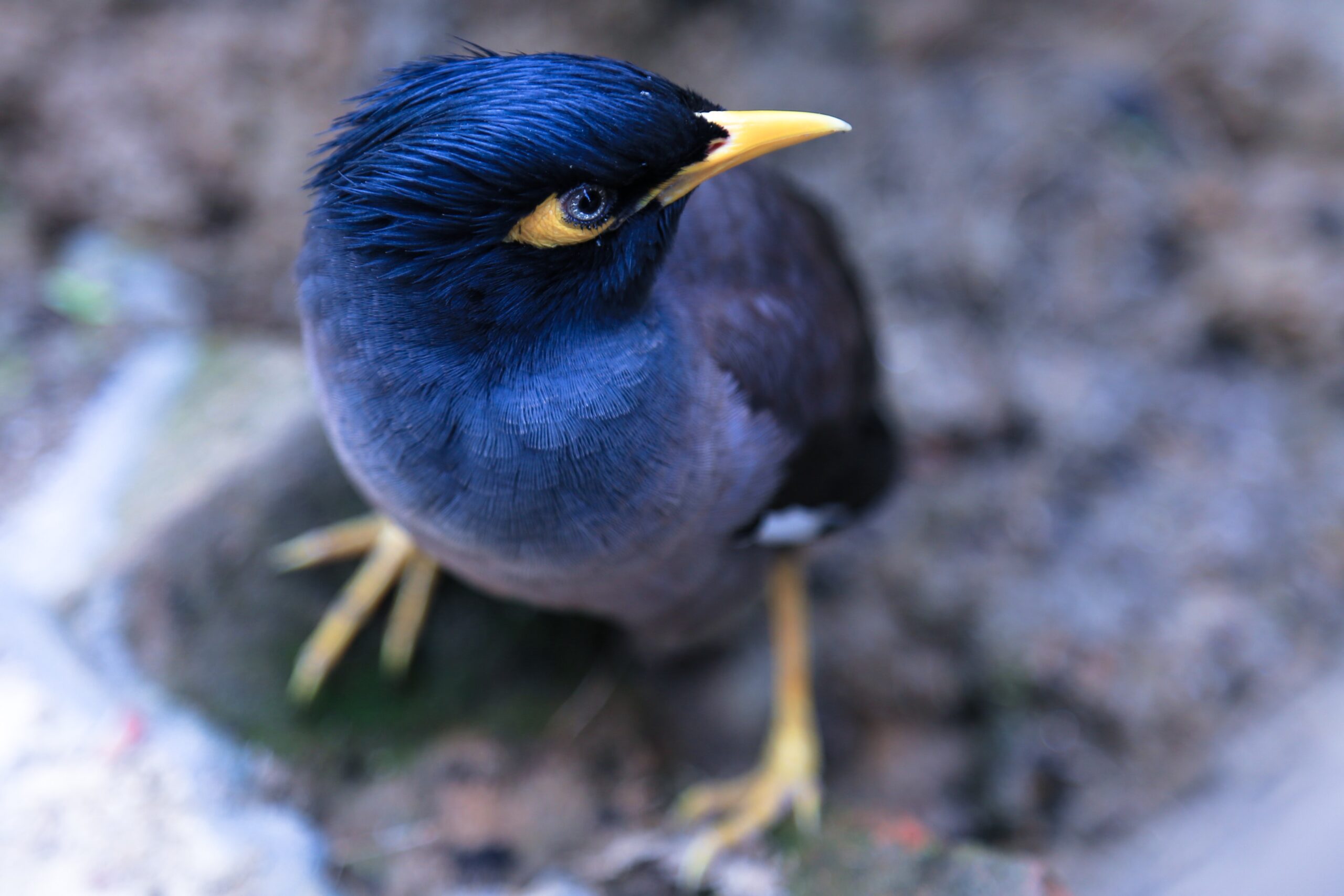Curious Creatures Curriculum Activity
Suitable for Primary (Years 3-6)
Victorian Curriculum Links:
Science
F-2: (VCSSU042)
3-4: (VCSSU058)
5-6: (VCSSU074)
Activity Description
The Curious Creatures cards explore the relationship between creatures, their features, and their environments. Students are invited to reflect upon the diversity of species in our world by matching each animal with a clue about a unique skill of that animal. Each creature has evolved unique features and adaptions that help them to survive in their environment. The cards introduce students to a variety of habitats where these creatures’ basic needs, including food, water and shelter, are met. Students are invited to consider how different living things depend on each other and the environment to survive.
Key Concepts
Biodiversity, Species Adaptation, Evolution, Habitats, Environmental Change
Key Learning Intentions
1. Students will be able to describe the use of animal body parts for different purposes
2. Students will be able to explain how particular adaptations aid survival
3. Students will be able to explain how changes in the environment can impact on living things
Suggestions for Assessment
Formative
1. Participation in the Curious Creatures activity
2.Completion of the Discussion questions above
Instructions
Please note – This activity requires a set of Curious Creature cards which can be purchased here.
1. Facts
Hand out Fact Cards to each student in the group. Have everyone read theirs aloud and see if anyone can make a guess as to what animal the card is describing.
2. Animals
Have a look at the Animal Cards. Which clue do you think matches which animal? Refer to the back of the card for more information and to find out if you were correct.
3. Discussion
- What are the main concepts and learning outcomes of this activity?
- What animal features surprised you the most? Why have animals developed such unique features and skills?
- How could this learning be included in our curriculum? What extension activities could you add to develop a longer-term learning experience?
- What actions can the school take to promote biodiversity in the local environment?
Lower Primary (F-2)
1.Describe the use of one of the animal’s body parts.
2. Name two different environments where two different curious creatures are found.
3. Could these animals survive if they were placed in a different environment? Why or why not?
Upper Primary (3-6)
1. Reflect upon some of the skills of these creatures. How do these skills help the creature to survive?
2. Classify some of the animals into the following groups: producer, consumer or decomposer.
3. What role do different creatures play in their environment?
Suggested ResourceSmart Schools Module Links
Undertaking the activity as described above links to the ResourceSmart Schools Biodiversity Module – actions B1.2, B1.3, B1.4
Below is a list of extension activities that link to additional actions of the Biodiversity module:
- Conduct an animal survey within the school grounds, a local park, reserve or at CERES Environment Park and record the findings (ResourceSmart Schools Biodiversity Module – actions A1.3, B1.1, B1.3)
- Students take note of the different bird beak types that exist within their local area, and observewhich beaks function for what purpose (ResourceSmart Schools Biodiversity Module – action B1.3)
- Students liaise with a local Friends Group or wildlife organisation to plan and develop an indigenous garden that attracts native animals (ResourceSmart Schools Biodiversity Module – actions A3.3, C3.1, C3.3)
- Students select and research one of the curious creatures and write a report classifying the species, evaluating and interpreting evidence of its evolution over time; including fossil records, chemical and anatomical similarities, and geographical distribution (ResourceSmart Schools Biodiversity Module – actions B1.1, B1.3)









